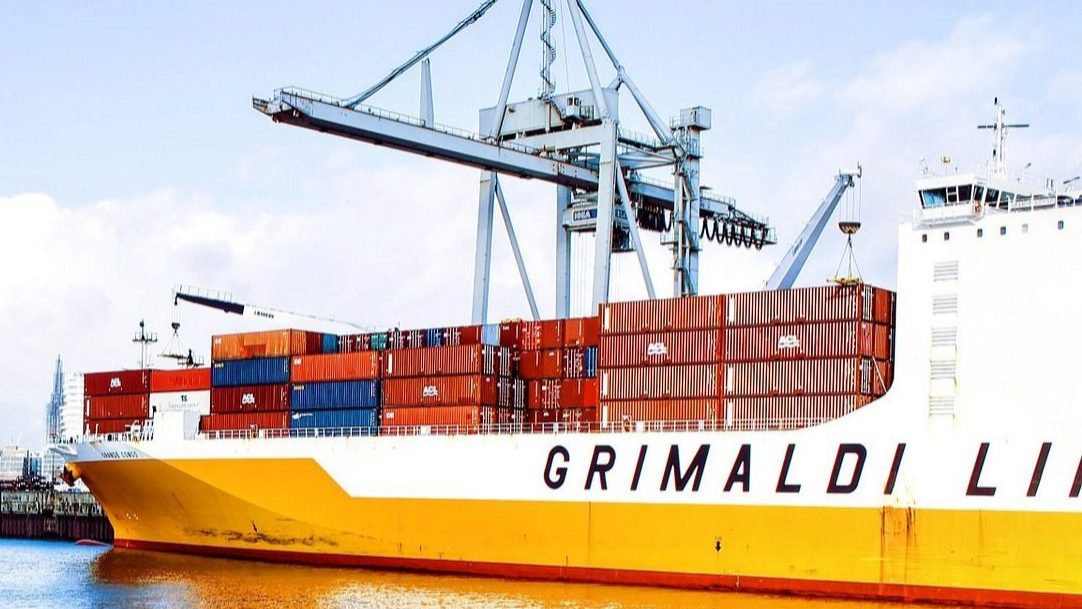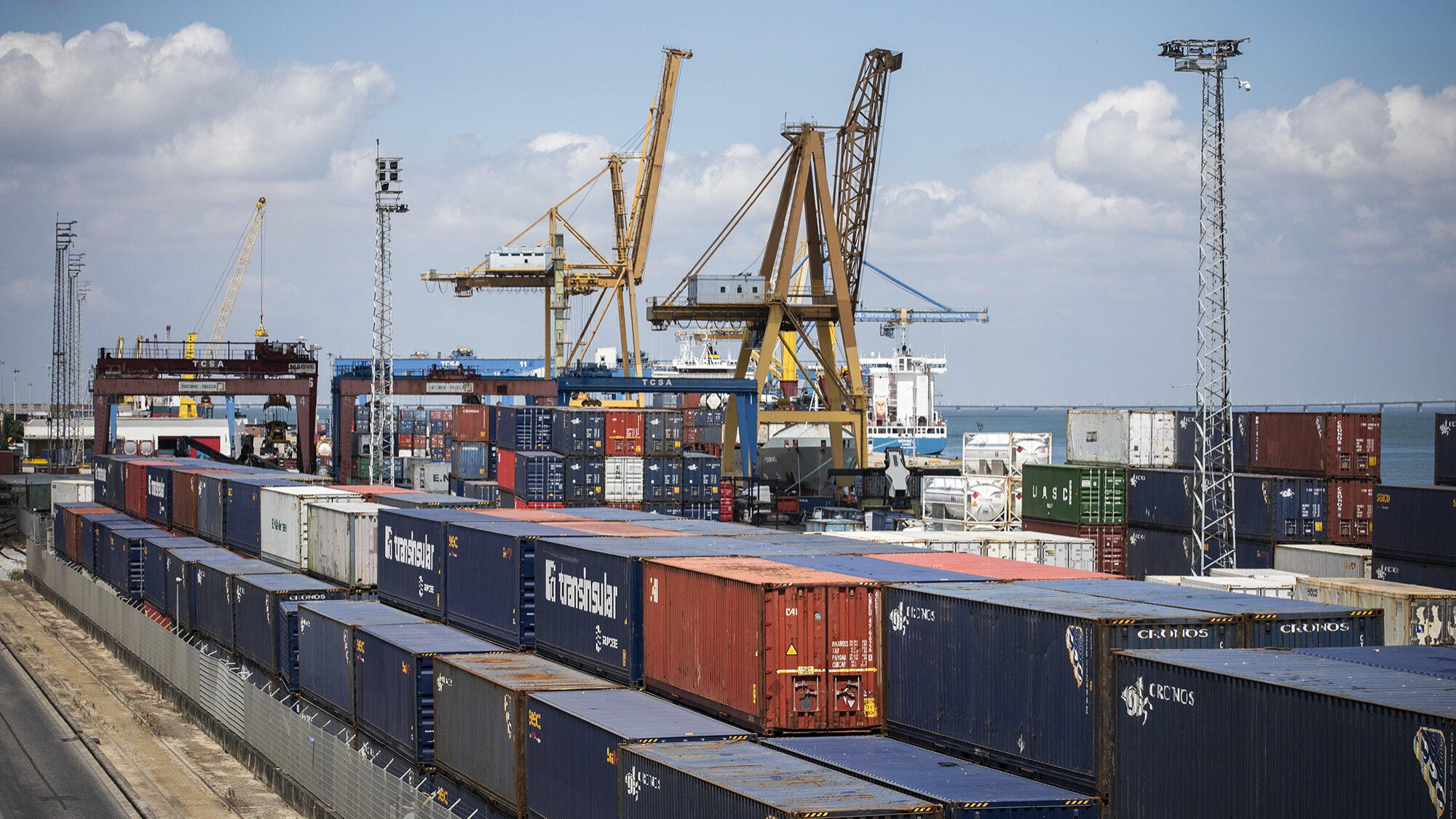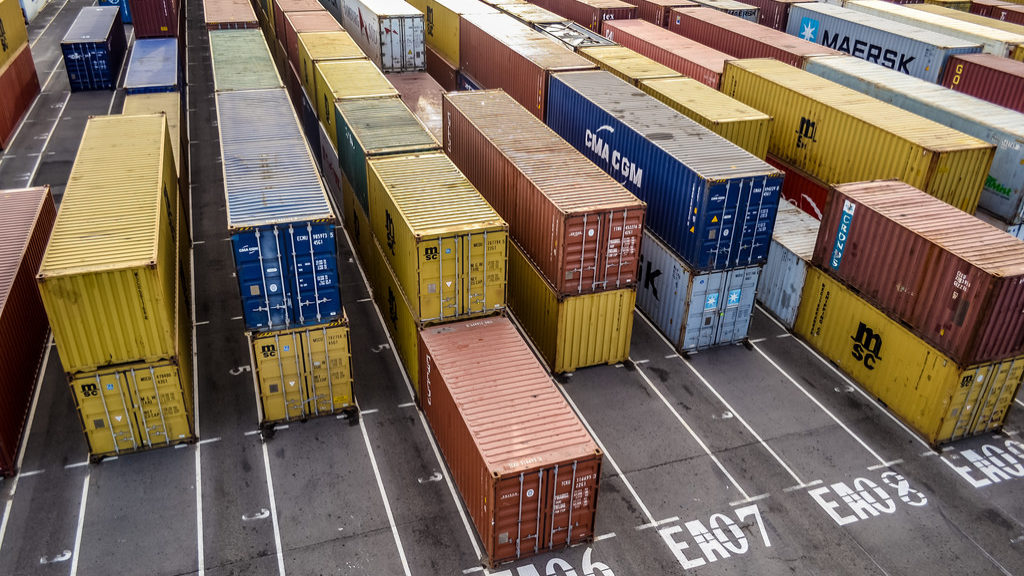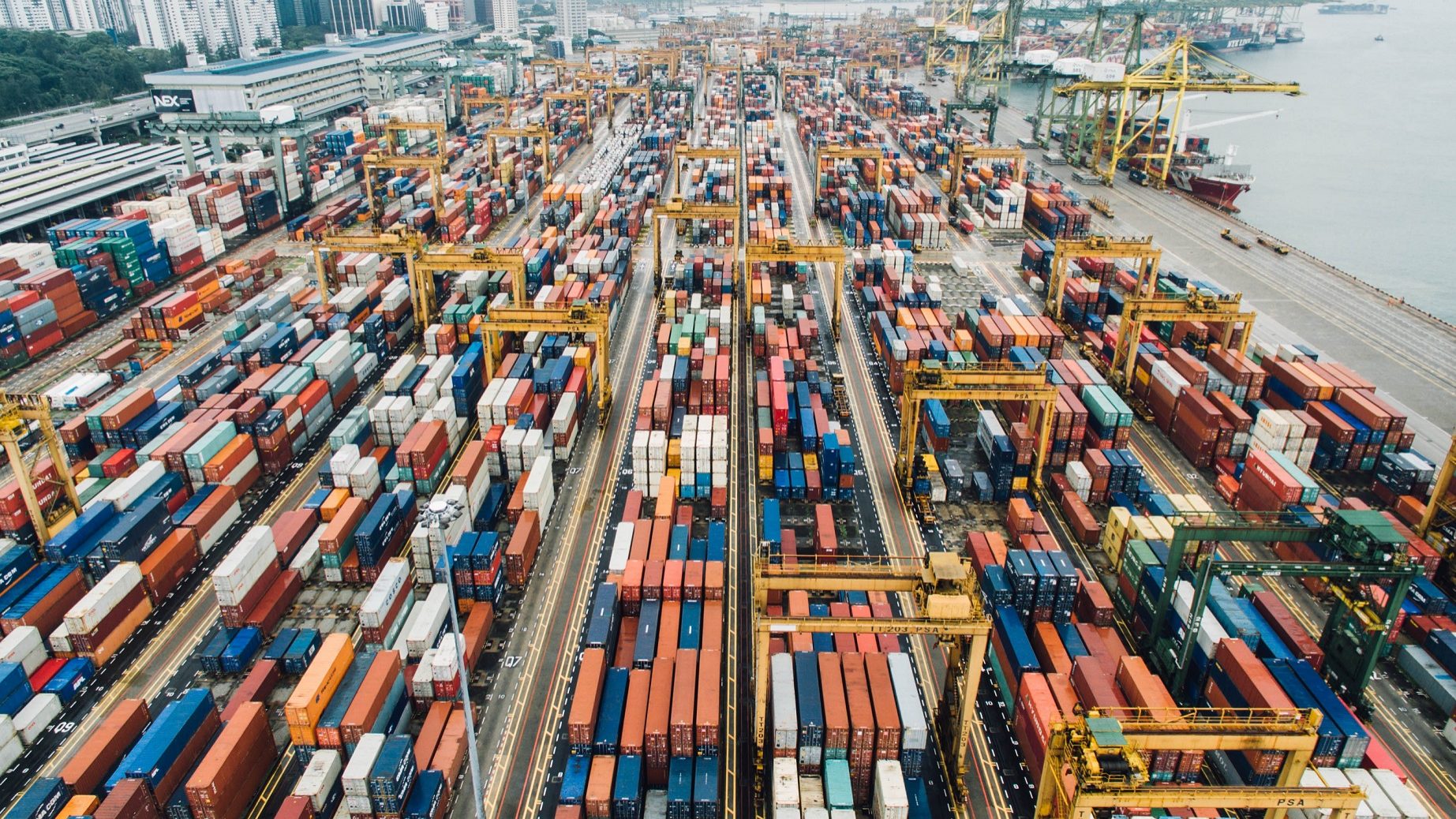Imports, exports slow to 0.5%, 8.4% in March
Machinery and equipment and food products account for a large part of the increase in exports in March. Industrial supplies, consumer goods and food products recorded the highest import increases.
According to data released by Statistics Portugal (INE) on Friday, nominal exports rose 0.5% and imports rose 8.4% in March compared to the same period last year. In February, exports rose 11.6% and 3.8%, respectively.
Excluding fuels and lubricants, March saw a 0.7% increase in exports (+13.1% in February) and 8.3% in imports (+3.5% in February).
According to INE, ‘machinery and equipment’ and ‘food products’ account for a large part of the increase in exports in March, while ‘industrial supplies’, ‘consumer goods’ and ‘food products’ were the categories that recorded the highest import increases.
Excluding transactions for or following work on order (TTE, without transfer of ownership), exports recorded a slightly higher year-on-year increase of 1.8%, while imports rose by 7.8%.
Monthly, exports fell 6.3% in March (+3.0% in February 2025), while imports declined 0.4% (+5.4% in February 2025).
In the first quarter of 2025, exports increased by 7.7% in March compared to last year (+3.9% in the fourth quarter of 2024). However, excluding TTE transactions, the variation was only +0.9%.
Imports between January and March increased by 7.0% year-on-year (+6.4% in the fourth quarter of 2024) and rose by 5.8% excluding TTE transactions.
In terms of product categories, in March, INE highlights the increase in exports of ‘machinery and equipment’ (+8.5%) and ‘food products’ (+2.7%), mainly to Spain in both cases.
In imports, there were notable increases in ‘industrial supplies’ (+7.7%), ‘consumer goods’ (+14.4%) and ‘food products’ (+13.1%).
In March 2025, taking into account the main destination countries for Portuguese exports in 2024, INE points to a 12.8% increase in exports to Spain and, conversely, a decrease in sales to Belgium (-32.3%) and the United States (-8.6%), mainly of ‘chemicals’, as a result of the ‘significant value’ of TTE transactions recorded in the same month last year.
Concerning imports, considering the main partner countries last year, there was an increase in purchases from Spain (+9.2%, particularly ‘mineral fuels’ and ‘base metals’), Germany (+15.0%, particularly ‘vehicles and other transport equipment’) and the United States (+115.8%).
According to INE, in March, unit value indices (prices) recorded negative variations in both flows, contrary to the previous month: -1.4% in exports and -0.9% in imports (+0.5% and +0.4%, respectively, in February 2025; -2.9% and -3.2% in March 2024).
Excluding petroleum products, the variation was also negative: exports fell by -0.9% (+0.8% in February 2025; -2.8% in March 2024) and imports by -0.3% (no variation in February 2025; -3.9% in March 2024).
INE data also show that the trade deficit reached €2.442 billion in March, an increase of €682 million compared to March 2024 and €422 million compared to the previous month.
However, excluding TTE transactions, the trade deficit totalled €2.674 billion due to a year-on-year increase of €548 million and €137 million in the chain.
Fuels and lubricants accounted for 21.0% of the trade deficit in March (28.8% in February; 24.2% in March 2024). Excluding the effect of these products, the deficit totalled €1,928 million, an increase of €594 million compared to March 2024 and €490 million compared to the previous month.
In the first quarter of 2025, compared to the same period last year, imports increased more than exports, worsening the deficit by 264 million euros.
Excluding TTE, the worsening was even more pronounced, at €1.294 billion, as the balance of these transactions recorded a positive variation of €1.030 billion.



